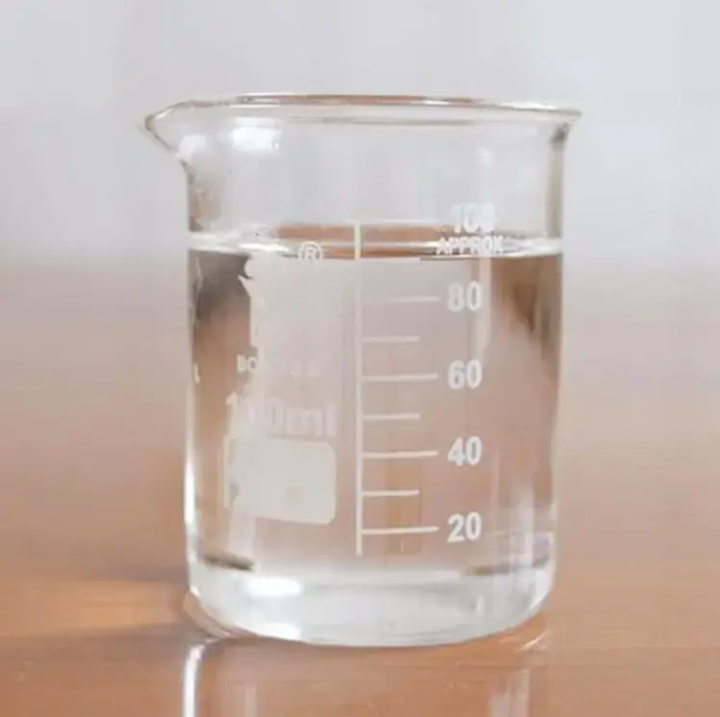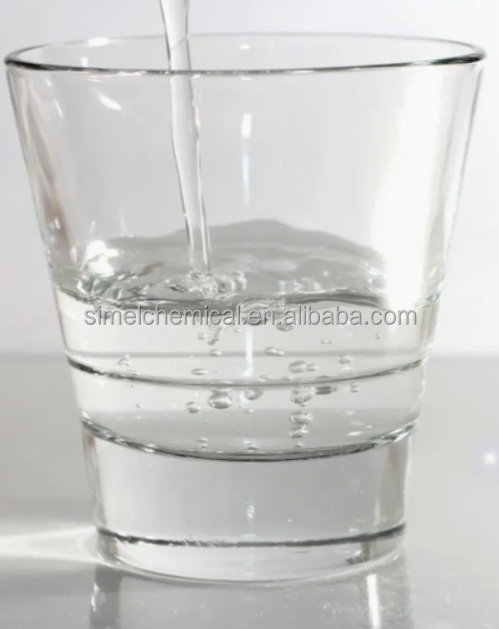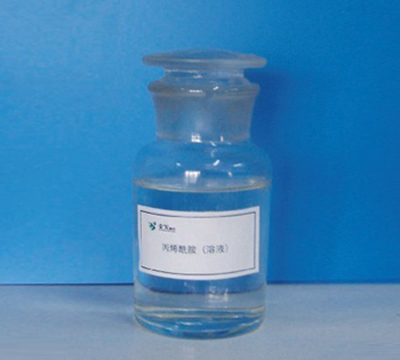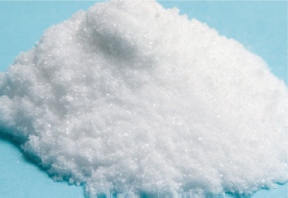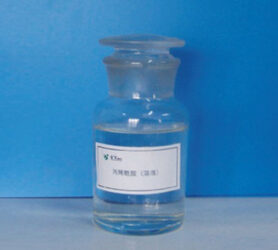Description
Flocculants for sludge dewatering—mainly based on polyacrylamide polymers—are widely utilized in the water treatment industry, particularly for municipal sewage treatment, industrial effluent, food processing, pharmaceuticals, petrochemicals, and mining sludge. These flocculants significantly accelerate the sedimentation and consolidation of fine suspended solids, enabling faster and cleaner sludge separation processes.
Key Functional Areas:
-
Municipal Wastewater Treatment Plants (WWTPs)
-
Food and Beverage Industry Wastewater
-
Oil Refineries and Petrochemical Plants
-
Textile and Dyeing Industry Sludge
-
Mining and Metallurgy Sludge Systems
Application Method
To ensure optimal flocculation and dewatering, follow these usage guidelines:
-
Solution Preparation: Mix the product with clean water to form a 0.1%–0.3% solution.
-
Dissolution Technique: Stir gently at 50–250 rpm for uniform dispersion; avoid vigorous mixing.
-
Dissolution Temperature: Warm water (below 50°C) can accelerate the process.
-
Dosing Equipment: Use non-metallic, corrosion-resistant equipment.
-
Injection Point: Add solution just before the sludge enters the thickener or centrifuge.
Packaging, Storage & Shelf Life
-
Packaging: 25 kg per moisture-proof bag; customized bulk packaging available.
-
Storage: Store in a dry, cool, and ventilated area, away from sunlight and moisture.
-
Shelf Life: 2 years under recommended storage conditions.
Sustainability and Safety
-
Low Toxicity: Environmentally compatible and safe for operators.
-
Eco-Label Support: Available with biodegradable and green certification upon request.
-
Handling Precautions: Use gloves, avoid inhalation of powder, and refer to MSDS before use.
Use Case Scenarios
1. Municipal WWTP Dewatering Units
A city’s wastewater plant upgraded to our cationic flocculant and reduced sludge disposal costs by 35% while increasing dewatering throughput by 20%.
2. Beverage Industry Sludge
In a food processing facility, our anionic grade reduced the need for polymer by 25% and improved filtrate clarity, ensuring compliance with discharge regulations.
3. Textile Sludge
Our nonionic flocculant enabled effective dewatering of highly colored sludge in dyeing plants, improving filter press performance.
Technical Data
| Parameter | Target Specification |
| Appearance | White or off-white granular powder |
| Particle Size (<0.15mm) | ≤ 5% |
| Particle Size (>1.0mm) | ≤ 5% |
| Solid Content (%) | ≥ 88% |
| Ionic Type | Anionic / Cationic / Nonionic (Customizable) |
| Molecular Weight (×10⁴) | 1000–2500 |
| Insoluble Matter (%) | ≤ 0.2% |
| Monomer Residue (%) | ≤ 0.05% |
| Filtration Factor | ≤ 2.0 |
| Filtration Time (min) | ≤ 120 |
Product Features
-
Excellent Water-Solubility: Rapidly dissolves in water with minimal mixing time.
-
Effective Floc Formation: Produces dense, uniform flocs that settle quickly.
-
Reduced Filtrate Turbidity: Improves clarity of liquid phase after dewatering.
-
Strong Sludge Compatibility: Suitable for various sludge types (organic, inorganic, mixed).
-
Enhanced Dewatering Efficiency: Increases cake dryness and reduces sludge volume.
Application Method
To ensure optimal flocculation and dewatering, follow these usage guidelines:
-
Solution Preparation: Mix the product with clean water to form a 0.1%–0.3% solution.
-
Dissolution Technique: Stir gently at 50–250 rpm for uniform dispersion; avoid vigorous mixing.
-
Dissolution Temperature: Warm water (below 50°C) can accelerate the process.
-
Dosing Equipment: Use non-metallic, corrosion-resistant equipment.
-
Injection Point: Add solution just before the sludge enters the thickener or centrifuge.

